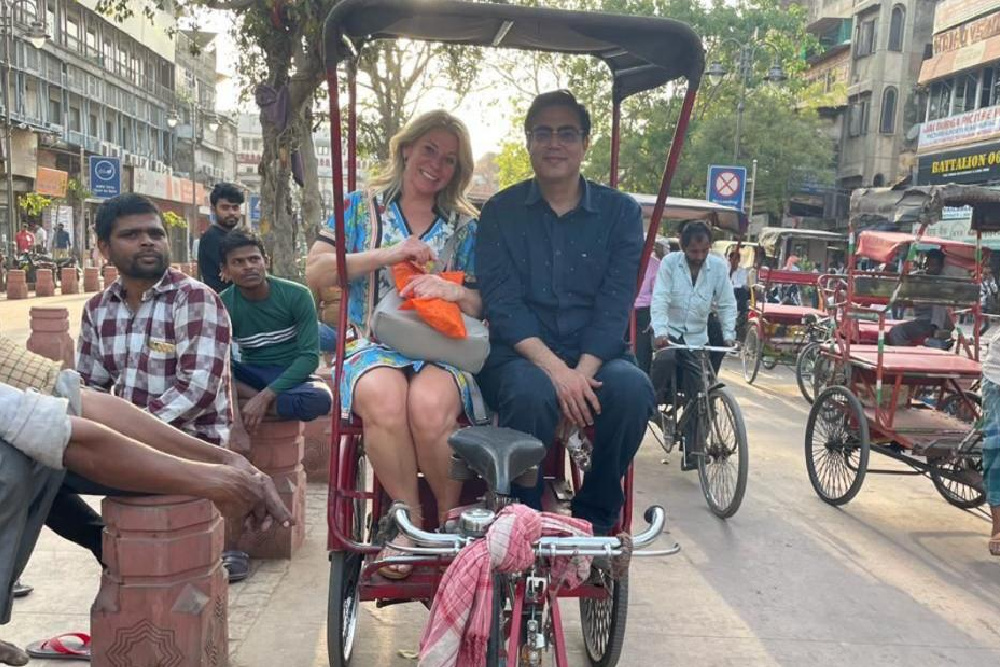When you fly in and out of the Indira Gandhi International Airport in Delhi, you will be one of just under 40 million passengers who do so annually. Air India is the country’s national airline which serves a total of 39 international and 46 domestic destinations. The Air India logo features a red swan (symbolising flight) with spokes in orange placed inside. The wheel is inspired by the Ashoka Chakra, depicting the wheel of righteous duty, which also features in the Indian flag.
The ISHRS partner travel agent will be able to book reliable drivers and guides if you want to drive instead of flying to nearby cities such as Agra, Jaipur, Jodhpur and Udaipur which are ‘must see’ destinations during your trip. You will then get the chance to see the countryside and get a feel for the real India.
You could also take the train to travel around. The Indian railway system was introduced in 1853 and the first passenger train ran between Mumbai’s Bori Bander to Thane covering 34 kilometres. Whilst it is now the 4th largest railway network in the world behind the USA, China and Russia, it is the largest one operated by a single government and, with an estimated 1.4 million working for the railway, it is one of the biggest employers globally.
The railway system is home to the longest train platform in the world at Gorakhpur Station which is 1,366 metres in length and the world’s highest rail arch bridge at 360 metres above the Chenab river connecting Bakkal and Kauri in the Reasi district of Jammu and Kashmir. The longest rail tunnel in India is located in the Pir Pranjal range of the middle Himalayas and is 11.25 kilometres long. The busiest rail station in India is Howrah Junction with 23 platforms and over 1 million passengers daily. Best to avoid this one if you don’t like crowds!
The ISHRS 31st World Congress will be held at the Leela Ambience Gurugram hotel in Delhi which is a 15 minute drive from the airport in a regular taxi. If you are not from India, it would be a shame to go to all the way there and not try a more traditional mode of transport whilst in India like ISHRS President Kapil Dua and ISHRS Executive Director Victoria Ceh pictured below enjoying a ride in a rickshaw – all part of soaking up the local culture!

The theme of the ISHRS 31st World Congress is ‘The hair follicle – from beginning to end’.
There will be six scientific lectures from a stellar faculty exploring this progression.
- Maria Kasper, PhD: Advances in Hair Biology Lecture – Follicle cell types and their origins
- M. Julie Thornton, PhD: Leadership Lecture – How biomes affect hair health and disease
- George Cotsarelis, MD: Norwood Lecture – Opportunities within the growth cycle for promoting hair growth
- Maryanne Makredes Senna, MD : Founders Lecture – What do we understand about scarring alopecia?
- Melissa Harris, PhD: Stough Lecture – Hair ageing and greying
- George Cotsarelis, MD: Is hair regeneration a reality?
You can learn more about the featured speakers on this page. Also, in the coming months, look out for the short ‘sneak preview’ videos that I will be doing with each of the invited speakers asking them to introduce themselves, summarise what their lecture is about, and explain why you should not miss it!
All the best,
Gregory Williams, MBBS, FISHRS
2023 Program Chair